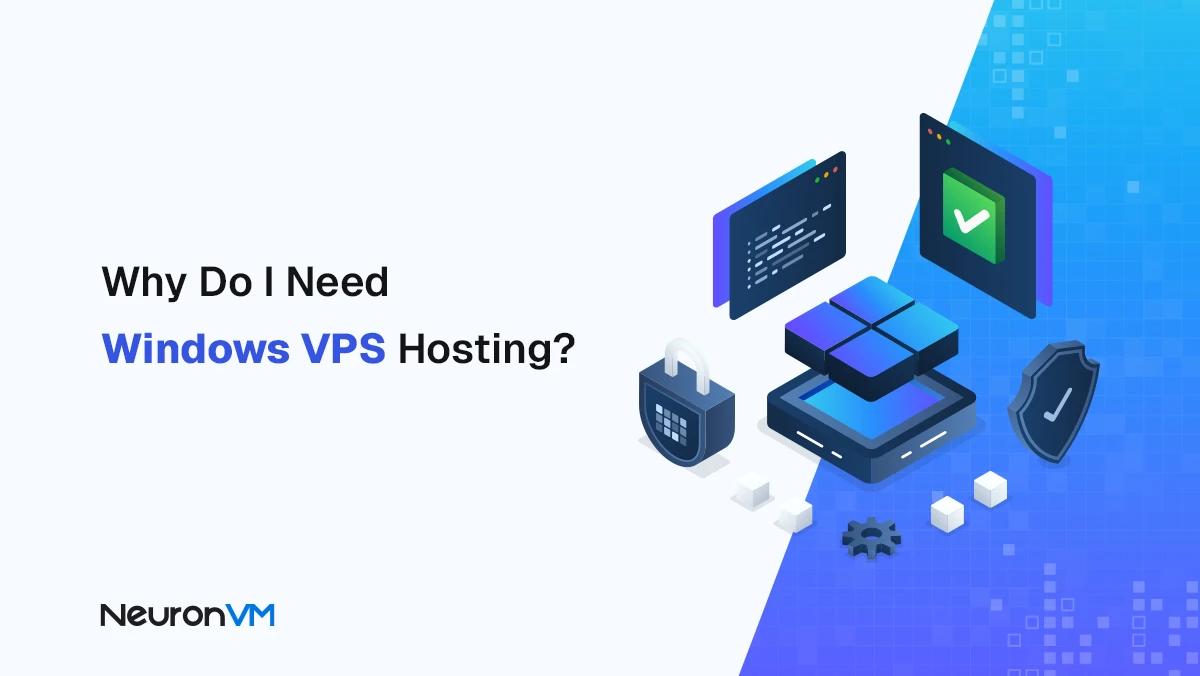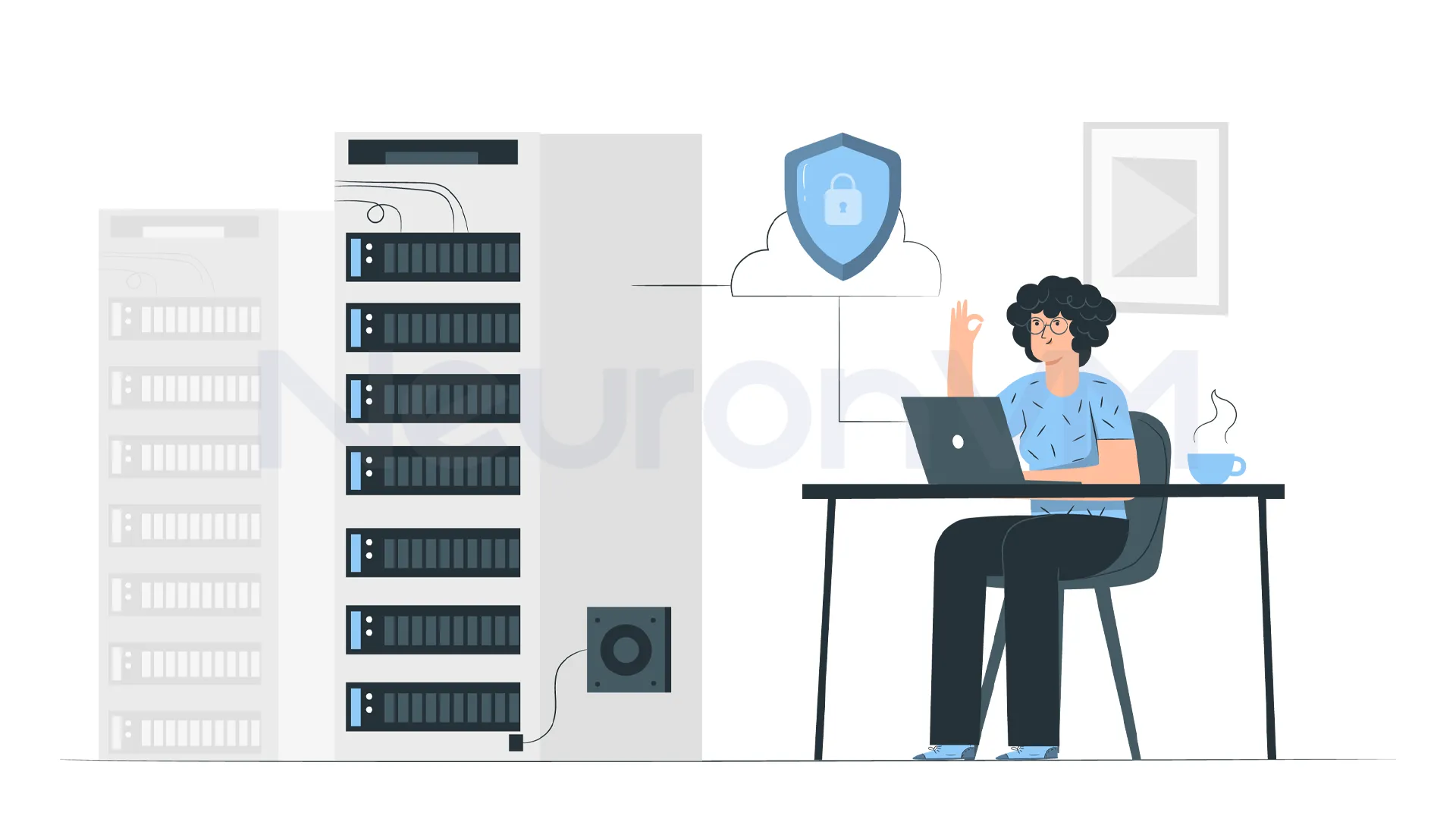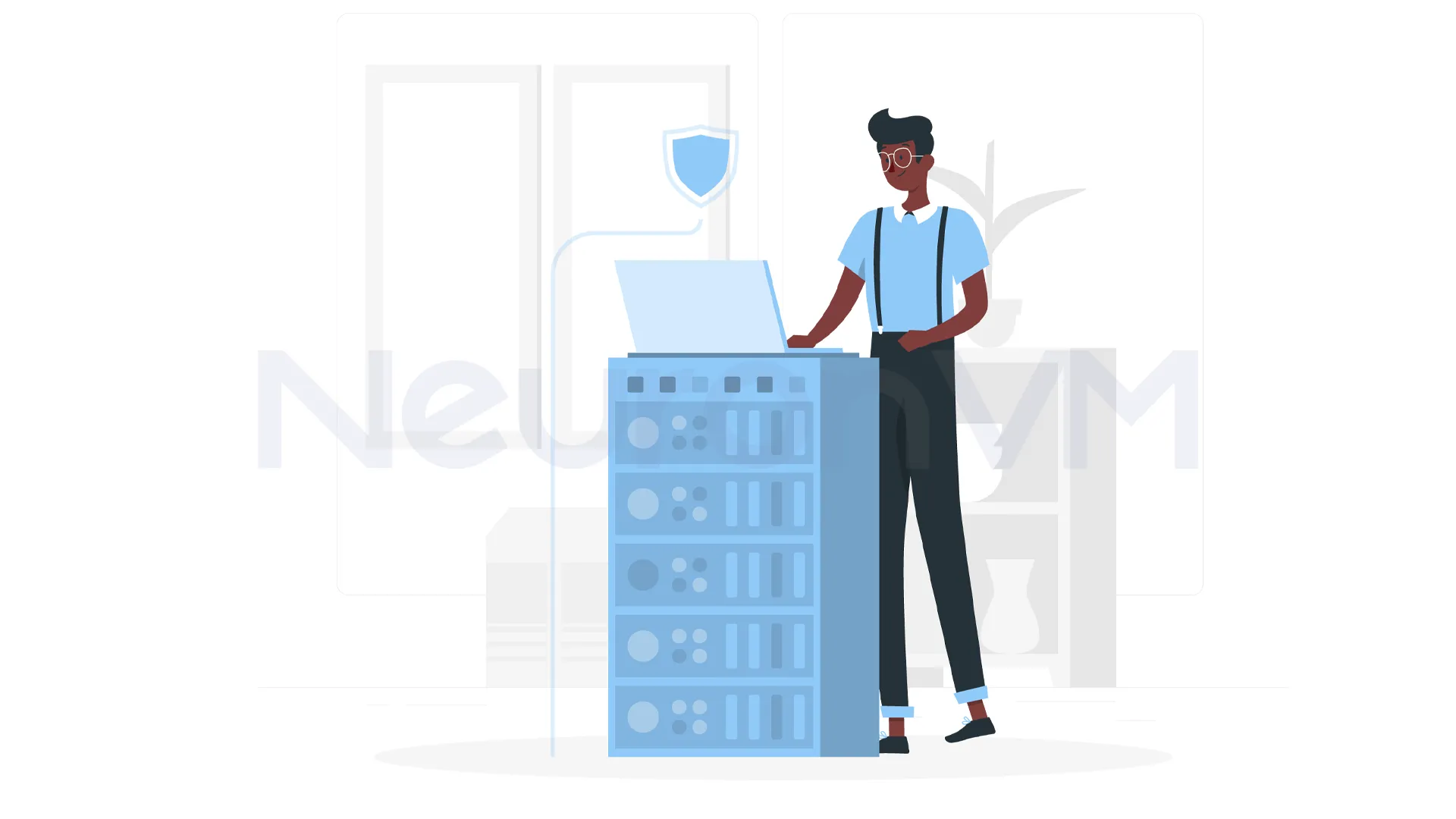Best MikroTik Firewall Rules for Network Security (2025)
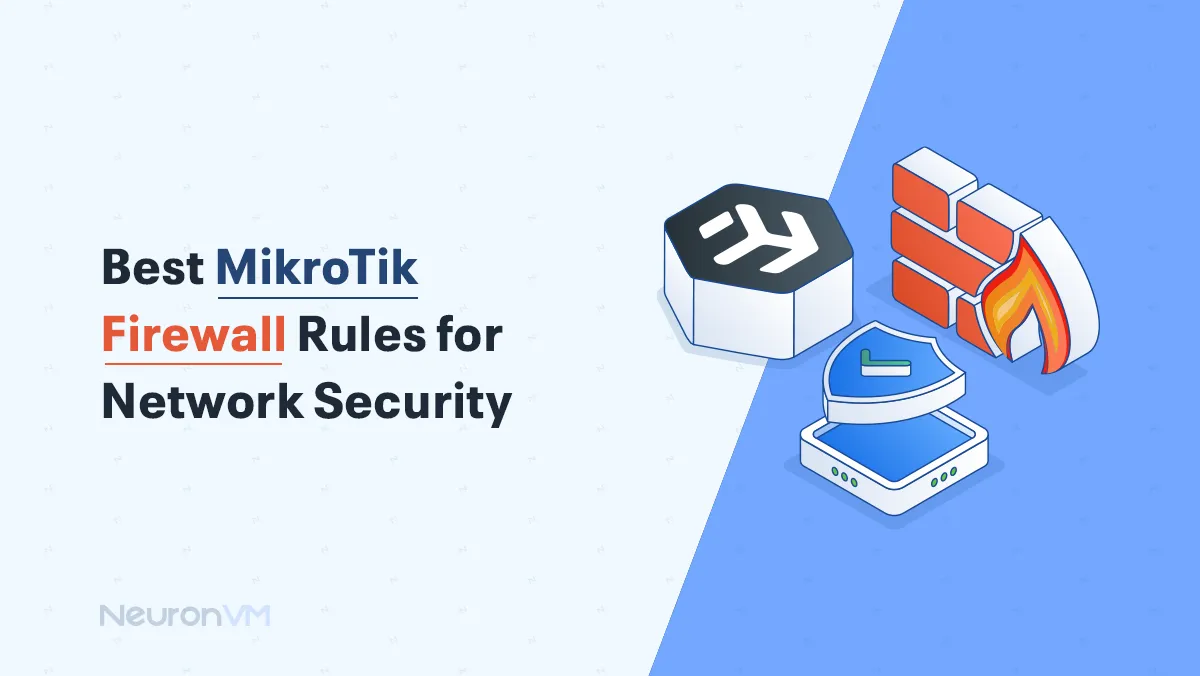
Introduction
In today’s digital world, security is an important topic, and Firewall rules are our first line of defense; firewall rules are like gatekeepers that work to keep your important data safe, when it comes to firewalls, MikroTik routers are known for providing a really powerful and highly customizable system, in this article we will explain Best MikroTik Firewall Rules for Network Security, read on to get more information, As an Administrator, you can set up some pretty complex security policies on MikropTik RouterOS and create a secure environment for your network.
Here’s what you’ll learn:
- 💡 Why Mikrotik Rules Matter
- 💡 Preparing your MikroTik router
- 💡 Best MikroTik Firewall Rules
- 💡 Tips for Maintaining a Secure MikroTik Setup
- 💡 Common Mistakes to Avoid

Why MikroTik Rules Matter?
MikroTik routers are known for being packed with features, and a big part of that comes from a powerful firewall, MikroTik firewalls keep track of the state of each connection, which allows you to make smarter decisions about what traffic should be allowed and what should be blocked.
Protection from Modern Threats
- -These days, Networks face all sorts of threats like DDoS attacks, which can overwhelm your system with massive amounts of traffic.
- -Brute force attacks try to guess your passwords over and over again, attempting to break into your accounts.
- -Port scanning involves probing your Network devices to find any open doors or weaknesses.
A well-configured MikroTik firewall can go a long way in protecting you from these kinds of attacks.
What is Default Deny?
Default Deny is a key security principle, Default Deny blocks everything unless you specifically say it is allowed; it makes your network much secure, MikroTik’s firewall is perfect for this, giving you tools to build a secure foundation for your network.
Preparing your MikroTik Router
Before you set up your firewall rules, it is important to get your MikroTik router ready, You can access MikroTik devices in a couple of main ways: one is with Winbox, which gives you a visual, user-friendly way to manage things, and the other is through SSH, which is a text-based way to control the router and is good for more advanced tasks. It is a good idea to update your router’s operating system to the newest stable version.
💥Note: Make sure to have a backup of your current settings before you change any firewall rules so that if something goes wrong, you can quickly put everything back the way it was.
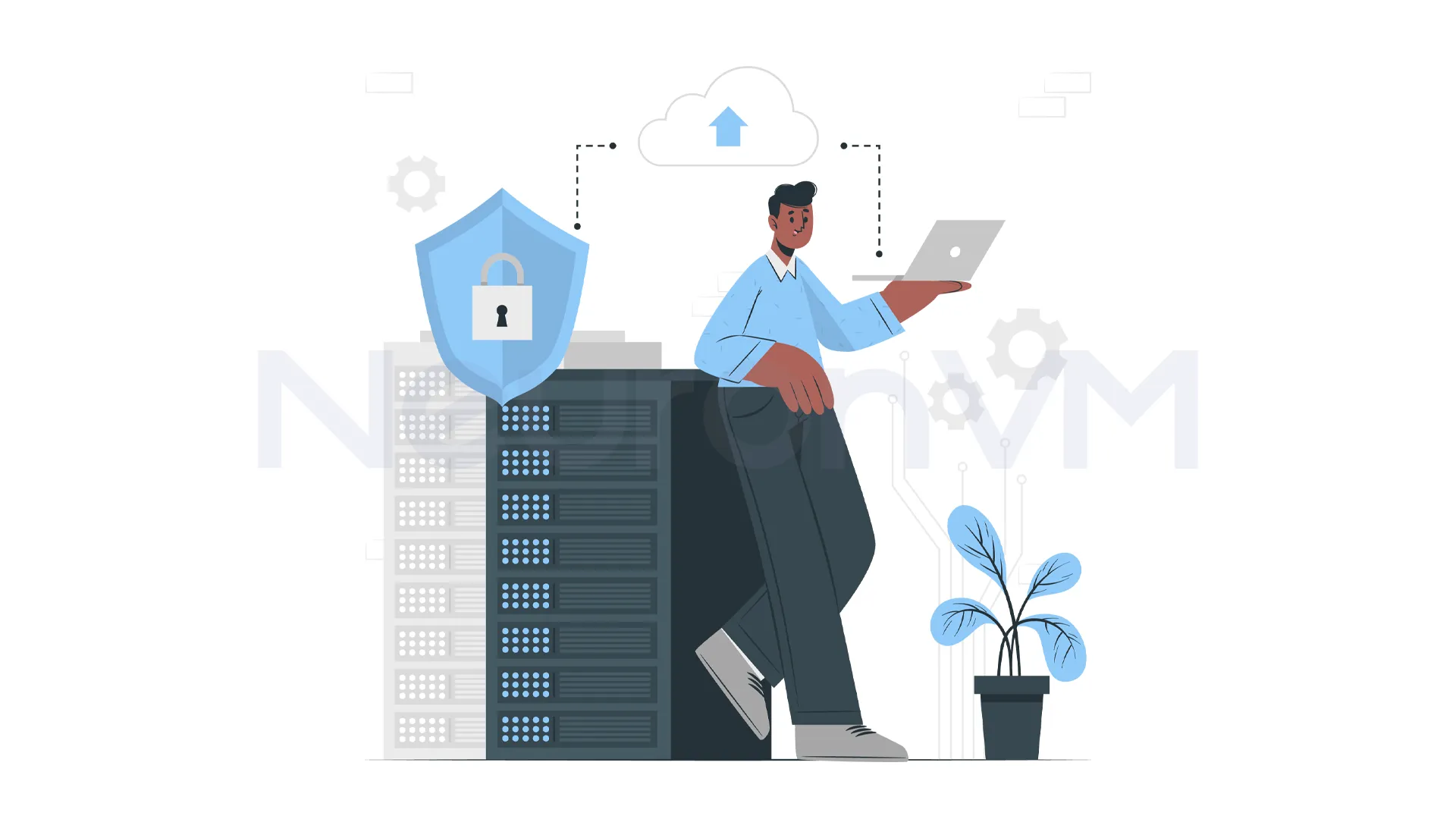
Explaining the Best MikroTik Firewall Rules for Network Security
In this section, we will provide a detailed guide to setting up essential firewall rules on your MikroTik router, For more in-depth documentation, you can also check MikroTik’s official docs.
These rules are designed to protect your network from common threats, we will cover each rule in detail, explaining its purpose, how it works, and how to configure it.
🚫 Drop Invalid connections
Rule Goal: The goal here is to block any data packets that are incomplete or don’t make sense in the context of an ongoing network connection, it is like having a security guard at a gate who throws away any packages that are damaged or don’t have the correct address on them.
Command:
/ip firewall filter add chain=input connection-state=invalid action=drop comment="Drop Invalid Connections"
📍 Block Port Scanner
Rule Goal: This rule detects and blocks hosts that are performing port scans, port scanning is a technique used to identify open ports on a network; it can be used to find vulnerabilities, This firewall identifies hosts that attempt to connect to multiple ports with a defined work frame, making them potential scanners and block further traffic from them.
Command:
/ip firewall filter add chain=input protocol=tcp psd=21,3s,3,1 action=add-src-to-address-list address-list=port_scanners address-list-timeout=1d comment="Detect port scanners" /ip firewall filter add chain=input src-address-list=port_scanners action=drop comment="Drop port scanners"
📍 Protect Against DoS/DDoS
Rule Goal: This goal protects you from Denial of Service (DoS) and Distributed Denial of Service attacks, which work by overwhelming your network with so much traffic that it becomes unavailable to authorized users, the rule provided specifically targets SYN flood attacks. This rule is essential for allowing normal network communication, such as website browsing, file transfers, and other online activities, by allowing established and related traffic, the firewall ensures that communication can occur while blocking overwhelming traffic.
📍 Allow Established and Related Connections
Rule Goal: This rule simply makes sure your outgoing requests work properly, when your device is connected to the internet, the response needs to come back in; this rule allows those return packets and related traffic through without needing to check each one once again, so it makes your connection fast and secure.
Command:
/ip firewall filter add chain=input connection-state=established,related action=accept comment ="Allow Established and Related"
📍 Limit ICMP (Ping Flood Protection)
Rule Goal: Allows basic ping requests, ping is useful for testing network health, but too many pings can slow down or crash a device, This rule allows up to 5 ICMP requests per second with a burst of 10, then drops anything extra.
Command:
/ip firewall filter add chain=input protocol=icmp limit=5,10 action=accept comment = "Allow Limited ICMP" /ip firewall filter add chain=input protocol=icmp action=drop comment = "Drop Excess ICMP"
📍 Allow Specific IP Ranges
Rule Goal: This rule only allows trusted IP addresses or subnets to access critical services on the router; This action happens because admin services like Winbox and SSH are powerfull and should be accessible from known IPs; this rule only allows your local Network to reach those ports.
📍 Log and Drop Everything Else (Default Deny)
Rule Goal: Default Deny log any traffic that doesn’t match the earlier rules, and drop it to stop unknown or potentially dangerous access, This makes sure nothing sneaks through.
Command:
/ip firewall filter add chain=input action=log log-perfix= "Firewall Drop: " comment = "Log Unmatched" /ip firewall filter add chain=input action=drop comment = "Drop Everything Else"
Tips For Maintaining a Secure MikroTik Setup
Securing your MikroTik router is essential for maintaining a reliable and protected network environment, We will provide 5 key tips to help you keep your MikroTik secure and running smoothly.
- Regularly update RouterOS: MikroTik often releases updates that fix bugs and improve security, make sure to always use the last stable version of RouterOS, Before updating, always backup your current settings in case something goes wrong.
- Monitor Logs: Your router’s log can show signs of problems os suspicious activity, like failed logins or strange traffic, set up logging to record the most important events and remember to check them often.
- Review Firewall Rules: Firewall rules control what traffic is allowed in and out of your Network, Over time, you might have old or unused rules, For a better experience, it is better to block everything and only allow what you need.
- Use Address Lists to Simplify Rule Management: It lets you group IP addresses together, so you don’t have to write the same rule many times.
Common Mistakes to Avoid
When setting up your MikroTik firewall rules, avoid these common mistakes to remain secure and have easier troubleshooting.
Leaving open ports like 8291 to the Public: Port 8291 is used for Winbox, a tool to manage your MikroTik router, if you leave this port open to the internet, hackers can try to get in, you always need to limit access to trusted IP addresses.
No rule ordering: MikroTik checks the firewall rules from top to bottom, so if you put a block rule above an allow rule, it might stop the good traffic, make sure your rules are in the right order.
Not Logging Dropped Traffic: Logging helps you find and fix problems, and it also shows if someone is trying to attack your network.
✅ Need a Safe Test Environment? Try our MikroTik VPS
Do you want to test your firewall rules without risking your real Network? At NeuronVM, we offer reliable MikroTik VPS solutions that are perfect for anyone looking to try it in a safe environment.
Why NeuronVM MikroTik VPS is ideal for you?
- Learn Configurations without needing a physical router.
- Test firewall rules safely without impacting your live setup.
- Use it like a real remote router for network testing.
Whether you are just starting with MikroTik or you’re an experienced user, our VPS gives you the perfect space to work securely, get started with a MikroTik VPS at NeuronVM.
Conclusion
Setting up MikroTik firewall rules on your MikroTik router is one of the best ways to protect your Network because these rules help block unwanted traffic and keep your data safe from hackers, but don’t stop after setting it up, we provided some tips to help you stay safe afterwards, comment your thoughts on this article!



